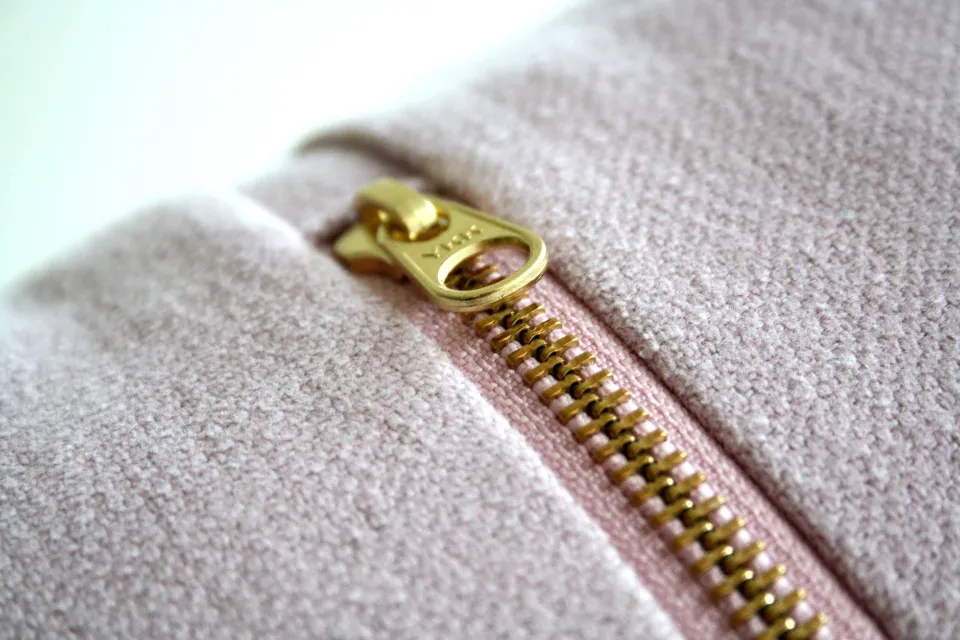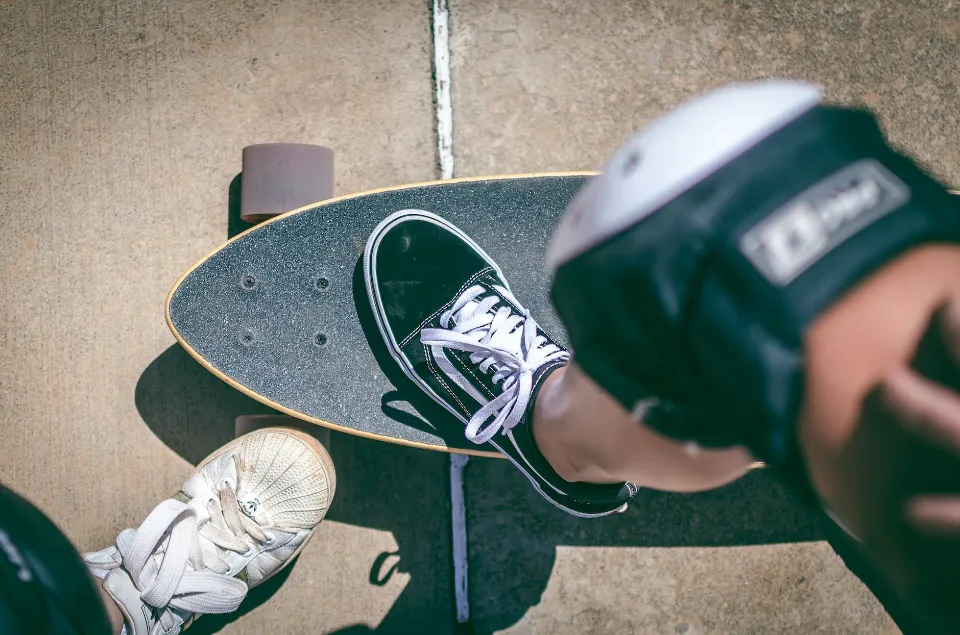Do you need to know what to wear after having a knee replacement? If so, you have found the right place.
It’s crucial to dress appropriately before, during, and after surgery as well as during recovery. This is for me! Of course, I made some mistakes and forgot some personal items that I should have brought with me to the hospital.
I’ll go over what to wear to the hospital in this post and how to organize your closet once you get home.
Read more: How Long Does Knee Replacement Surgery Take: An Accurate Answer – Elder VIP
What is Knee Replacement Surgery?
Parts of damaged or worn-out knee joints are replaced during knee replacement surgery. The procedure may improve the knee’s functionality and reduce pain. Damaged bone and cartilage are replaced with plastic and metal components during the procedure.
A surgeon will assess the strength, stability, and range of motion of your knee to determine whether a knee replacement is the best option for you. The extent of the damage is made clear by X-rays.
Your age, weight, activity level, knee size and shape, as well as your general health, all influence the best artificial joints and surgical procedures for you.

The most typical justification for knee replacement surgery is to relieve arthritis pain. When a knee replacement is necessary, the patient typically has difficulty getting up from a chair, walking, and climbing stairs.
Risks of a Knee Replacement Surgery
Similar to any surgical procedure, knee replacement surgery has risks. They include:
- Blood clots. To lower the risk, surgeons frequently advise taking blood thinners. The most common location for blood clots is in the leg. They can, however, move to the lungs where they can be fatal.
- Nerve damage. Nerves in the area where the implant is placed can be injured. Numbness, weakness, and pain can result from nerve damage.
- Infection. Both the incision site and deeper tissue are susceptible to infection. For some infections, surgery is required.
Although knee replacement implants are strong, they could become worn or loosen over time. If this happens, another surgery may be needed to replace the loose or worn parts.
You must therefore prepare what you will wear, such as shoes, clothes, or other attire, after having knee replacement surgery. Detailed information is provided in the section below.
What to Wear After Knee Replacement Surgery?
What to wear after knee replacement surgery can differ greatly because each person’s nervous system is uniquely different in terms of sensitivity and anatomy.
Generally, most people prefer to wear shorts or a dress that come right above the incision on the knee. After a knee replacement, pants frequently cause severe skin irritation, especially close to the incision. Not only is the leg pain, but the swelling causes long pants to fit tightly. If you prefer to wear pants, side-zippered pants can also be helpful when swelling varies.
Recommended Clothes
Post Surgery Clothing (Side Zippers and Buttons)
For post-operative recovery, there are pants available. Compared to regular pants, these options are much simpler to put on and take off because they have zippers or buttons on the side of the pants.
A few of the benefits of side zippers or buttons are:
- Can put pants on while sitting down
- Makes wound cleaning easier
- Loose fitting for comfort and exercise
- Makes icing easier
- Allows you to clean the body without removing all clothes
- Much easier to use the bathroom
Patagonia Men’s Sweater
Perhaps this is too nice for after surgery, but it is certainly cozy. An environmentally conscious business based in Ventura, California is Patagonia.
A washable knitted fleece pullover made of 100% polyester is used in this sweater. Patagonia is one of my favorite outdoor brands because of its quality and the company’s mission.
Compression Socks
After a knee replacement, compression socks are crucial and something you should wear frequently for the first few months of recovery, in my opinion.
Compression socks are extra long and somewhat tight. They assist in reducing the possibility of blood clots and swelling. Even though you may be taking a blood thinner, it’s always a good idea to exercise extra caution. I should wear them whenever I fly, per my doctor’s advice.

Merino Wool Socks With Rubber Grip
A reliable manufacturer of high-quality socks makes these bottom-gripper merino wool socks (shown). Because I was always wearing shorts after knee surgery, I wanted socks that would keep my toes warm.
Thick wool socks worked well and provided me with some additional padding. The bottom grip was crucial for preventing me from slipping on the floor.
Although the majority of these socks are made of wool, they also contain some acrylic and dacron to maintain their elasticity against your foot. You get 2 pairs for a respectable price; not bad.
Recommend Shoes
You should refrain from wearing flip-flops after having knee replacement surgery. They offer little to no support and can generate added stress and pressure on your knees.
After surgery, you should also refrain from wearing high heels. They aren’t going to help support your knee and can cause you unnecessary pain and discomfort when walking. You should make sure your shoes are comfortable and improve your mobility no matter what kind you choose.
The ideal shoes should be lightweight, so as not to add any extra pressure or stress to your knee. They ought to be pliable and flexible, making them cozy to walk in. Your shoes must enable you to walk comfortably and with your usual gait.
Athletic Shoes
Following knee replacement surgery, many patients choose to walk and run in athletic shoes. These shoes typically provide an additional level of stability and support.
Custom Shoes
It is possible to prevent or treat foot issues brought on by illness, overuse, or injury with Horton’s custom-made pedorthotics. When people think about ped orthotics they usually picture sole inserts for their shoes. Although we do provide inserts, the effectiveness of custom pedorthotics versus over-the-counter products is very different.
To precisely fit the contours of your foot and to accommodate any special medical requirements, custom-molded shoes are meticulously crafted. You can resume your regular lifestyle with more support and comfort after having Horton’s fit you for a new ped orthotic.
Conclusion
Shorts and dresses are a good option to reduce discomfort during the highly sensitive period after knee replacement surgery. If you are unable to wear or prefer to wear shorts and/or skirts, you can also try covering the incision with a bandage/gauze or t-shirt leg cover to reduce the amount of clothing or blankets touching your leg. Wearing these items under your pants is also a good option.
FAQs
How Long Does It Take to Recover from a Knee Replacement?
Six weeks after surgery, you ought to be able to stop using your crutches or walking frame and resume your regular leisure activities. But the reduction of pain and swelling could take up to three months. Any leg swelling can persist for up to a year before going away.
How Painful is a Total Knee Replacement?
Pain is to be expected after the initial knee replacement, but it should not be severe. The first few days after surgery should include the highest level of pain, but your doctor will send you home with pain medication adequate for your pain level.



